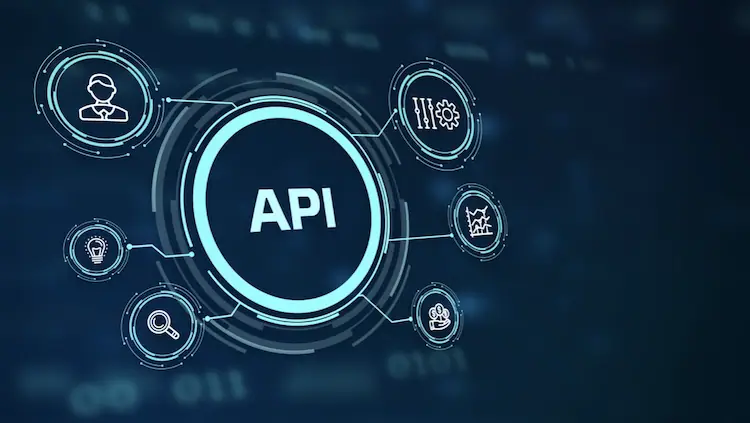OWASP Server Side Request Forgery SSRF Testing
Server-side request forgery (SSRF) is a type of attack that occurs when an application makes a network connection using the same authentication credentials as the user. This can allow attackers to access internal or private resources from outside networks. OWASP's A4:2021 top ten vulnerabilities list emphasizes the importance of preventing SSRF attacks, as they can lead to unauthorized access and data exposure.
In this service, we provide comprehensive testing for SSRF vulnerabilities in web applications and APIs. Our approach ensures that all potential entry points are identified and tested using industry-standard methodologies. This includes both automated tools and manual reviews tailored specifically to the application architecture. By leveraging our expertise in cybersecurity, we help organizations mitigate risks associated with SSRF attacks.
Our team of certified security professionals conducts thorough assessments by simulating real-world attack scenarios. We use various techniques such as input validation checks, parameter analysis, and response code inspection to detect any potential SSRF vectors. Additionally, we review configuration files, environment variables, and other source code elements that could be exploited.
Once identified, vulnerabilities are reported along with detailed recommendations for remediation. Our reports provide step-by-step guidance on implementing patches or workarounds while minimizing impact on application functionality. We also offer training sessions to educate developers about best practices in preventing SSRF attacks.
The goal of this service is not only to find weaknesses but also to strengthen overall security posture by fostering a culture of continuous improvement through education and awareness.
Scope and Methodology
The scope of our SSRF testing includes all components that accept user input, process it on the server side, and then make network connections based on this data. This encompasses both traditional web servers like Apache or Nginx as well as modern microservices architectures using frameworks such as Spring Boot or ASP.NET Core.
We follow a structured methodology comprising several key stages:
- Initial assessment: Understanding the application's architecture, configuration files, and dependencies.
- Automated scanning: Utilizing specialized tools to identify possible SSRF vectors automatically.
- Manual review: Conducting detailed inspection of identified areas to ensure no missed opportunities.
- Vulnerability validation: Confirming that each detected instance is indeed exploitable under controlled conditions.
- Remediation assistance: Offering suggestions for fixing issues found during testing without disrupting existing functionality.
This approach ensures comprehensive coverage and reduces the chance of false positives while maximizing effectiveness. It also allows us to tailor our efforts based on specific needs of different types of applications.
Environmental and Sustainability Contributions
In addition to providing robust security services, we strive to contribute positively towards environmental sustainability by adopting practices that reduce our carbon footprint. For instance:
- We encourage remote work for non-critical tasks to minimize commuting emissions.
- All servers used in our infrastructure are powered by renewable energy sources whenever possible.
- Code reviews and testing processes are optimized to minimize resource consumption during execution.
Beyond these operational measures, we promote education and awareness campaigns aimed at reducing cyber risks across industries. By helping organizations protect their digital assets effectively, we contribute indirectly to global efforts against climate change through improved security practices that prevent data breaches leading to increased demand for new resources.
Use Cases and Application Examples
SSRF vulnerabilities can occur in various parts of an application stack, making them particularly challenging to detect without specialized knowledge. Here are some common scenarios where SSRF might be exploited:
- API Gateway Misconfiguration: An API gateway may allow unrestricted access to internal services through a poorly configured proxy.
- Insecure Database Connections: Direct database queries from client-side inputs can lead to unauthorized access to sensitive information stored within the database.
- Third-Party Service Introspection: When an application relies on third-party APIs for functionality, it might inadvertently expose internal resources when querying those services improperly.
To illustrate how these risks manifest in practice, consider a hypothetical example involving a content management system (CMS). A malicious actor could inject crafted input into the CMS editor to force it to fetch images from an unauthorized server. If not properly sanitized before being sent over network interfaces, this action would violate security policies and expose internal assets.
We work closely with our clients throughout every phase of testing to ensure that they understand potential threats as well as effective countermeasures. Our goal is always to empower businesses to make informed decisions regarding their IT infrastructure investments while maintaining high standards for privacy protection and ethical conduct.





